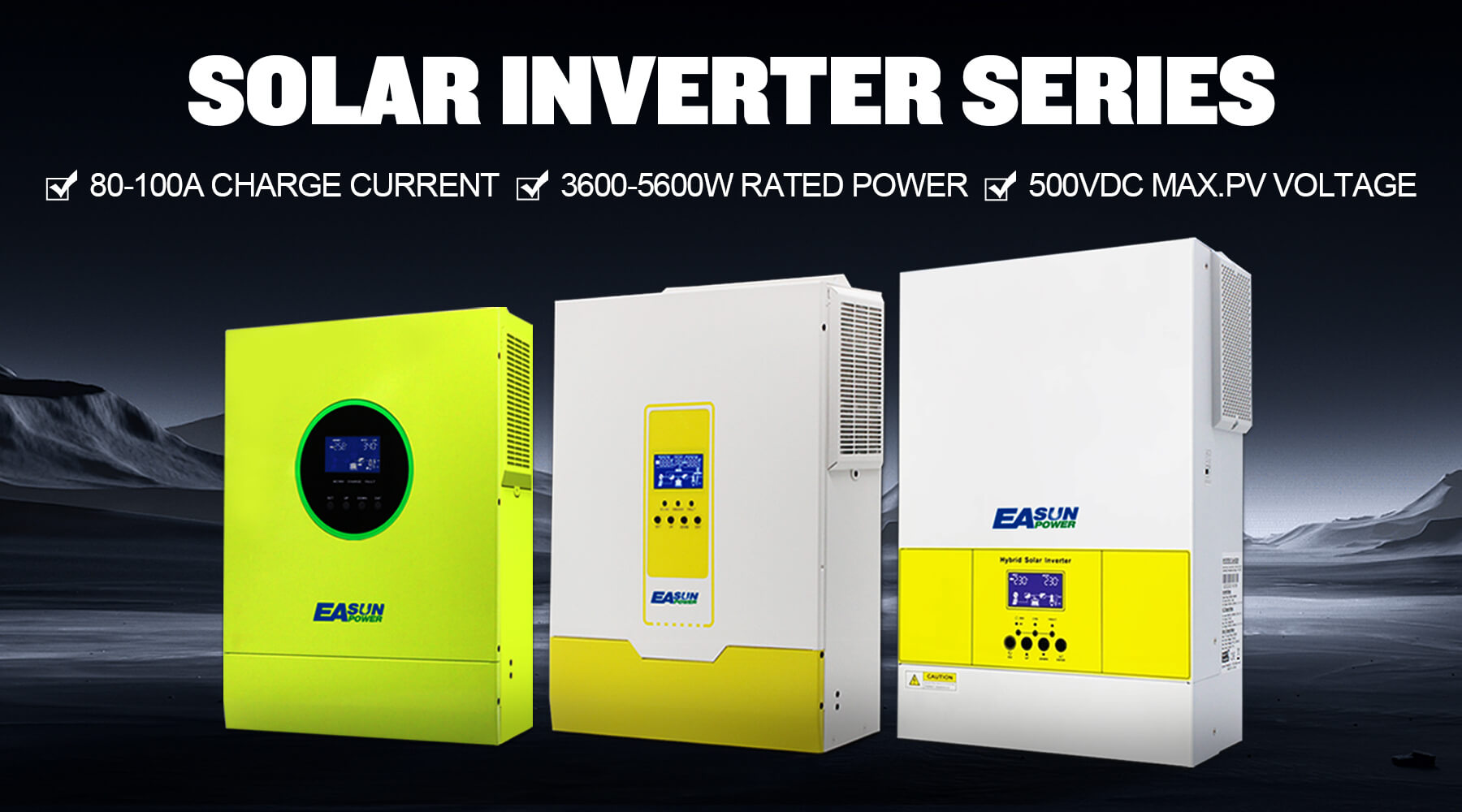
Selecting The Optimal Inverter For An Off-grid Solar System
Off-grid solar systems are an excellent way to harness the power of the sun and gain energy independence. When setting up such a system, one of the most critical components you'll need is an inverter.
In this blog post, we’ll dive into the key features and factors to consider when choosing the best inverter for your off-grid solar system.
Solar System Inverter Dimensions
Determine the rating of the inverter based on your power requirements
Before choosing an inverter, you need to determine your power requirements. This involves assessing your daily energy consumption and peak loads.
-
Daily energy consumption
Calculate your daily energy consumption by listing all the appliances and equipment you plan to power with your solar system. Note the wattage of each item and how long you expect to use it each day. This will provide you with an estimate of your daily energy needs.
-
Peak load analysis
Peak load analysis is essential to ensure your inverter can handle the occasional high power demands of certain appliances, especially those with motors such as refrigerators and water pumps.
Match the inverter to your solar power system
Inverters play a key role in converting direct current (DC) electricity produced by solar panels into usable alternating current (AC) electricity in your home. Before purchasing an inverter, it is important to read the product specifications to ensure that the inverter fully meets the specific requirements of the solar array, battery system, and AC integration.
AC Integration
First, the inverter should integrate seamlessly with your home’s AC system. Consider these factors:
-
Inverter output capacity
The AC output capacity of the inverter should match your home's power needs. Oversizing or undersizing an inverter can affect system performance and efficiency.
-
Compatibility with household AC voltages and frequencies
The inverter's output voltage and frequency must comply with local grid standards to avoid damaging electrical appliances or encountering compatibility issues.
Battery System
It is crucial to consider the compatibility of the inverter with the DC output of the battery. This compatibility is determined by the following factors:
-
DC output voltage
-
Battery type compatibility
Inverters are designed to work with specific battery types, such as lead-acid, lithium-ion, or other emerging technologies. Make sure your inverter is compatible with the battery technology you choose.
Solar Array
Finally, if your inverter has a built-in solar charge controller, it must match the specifications of your solar array.
- Maximum photovoltaic input power
The inverter's maximum power handling capability must match or exceed the total power output of the solar array. Choosing a lower rated inverter results in wasted potential energy.
- Photovoltaic input voltage range
The input voltage range of the inverter must correspond to the voltage produced by the solar panels. Inverters with flexible input voltage ranges can adapt to different weather conditions and maximize energy conversion.
